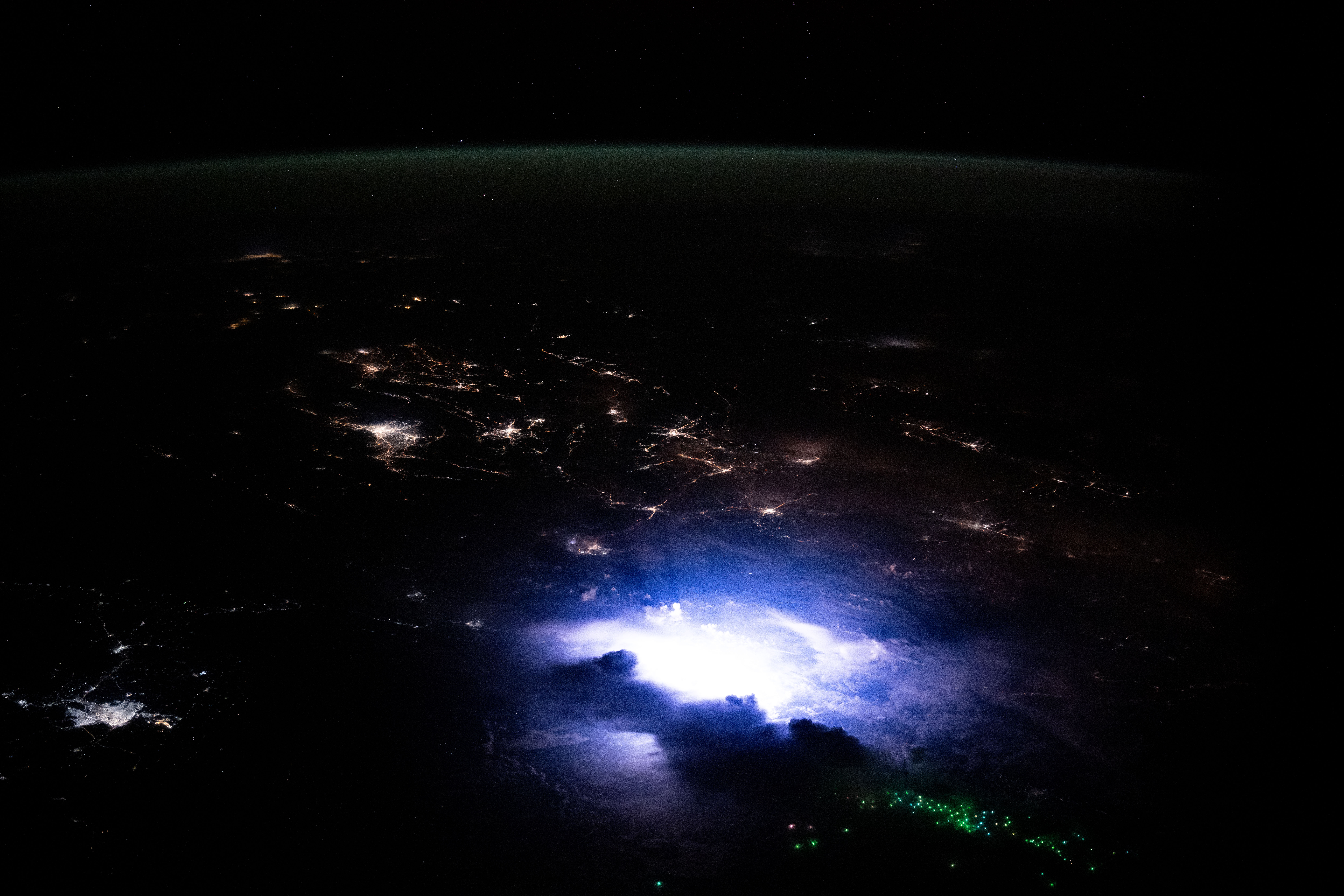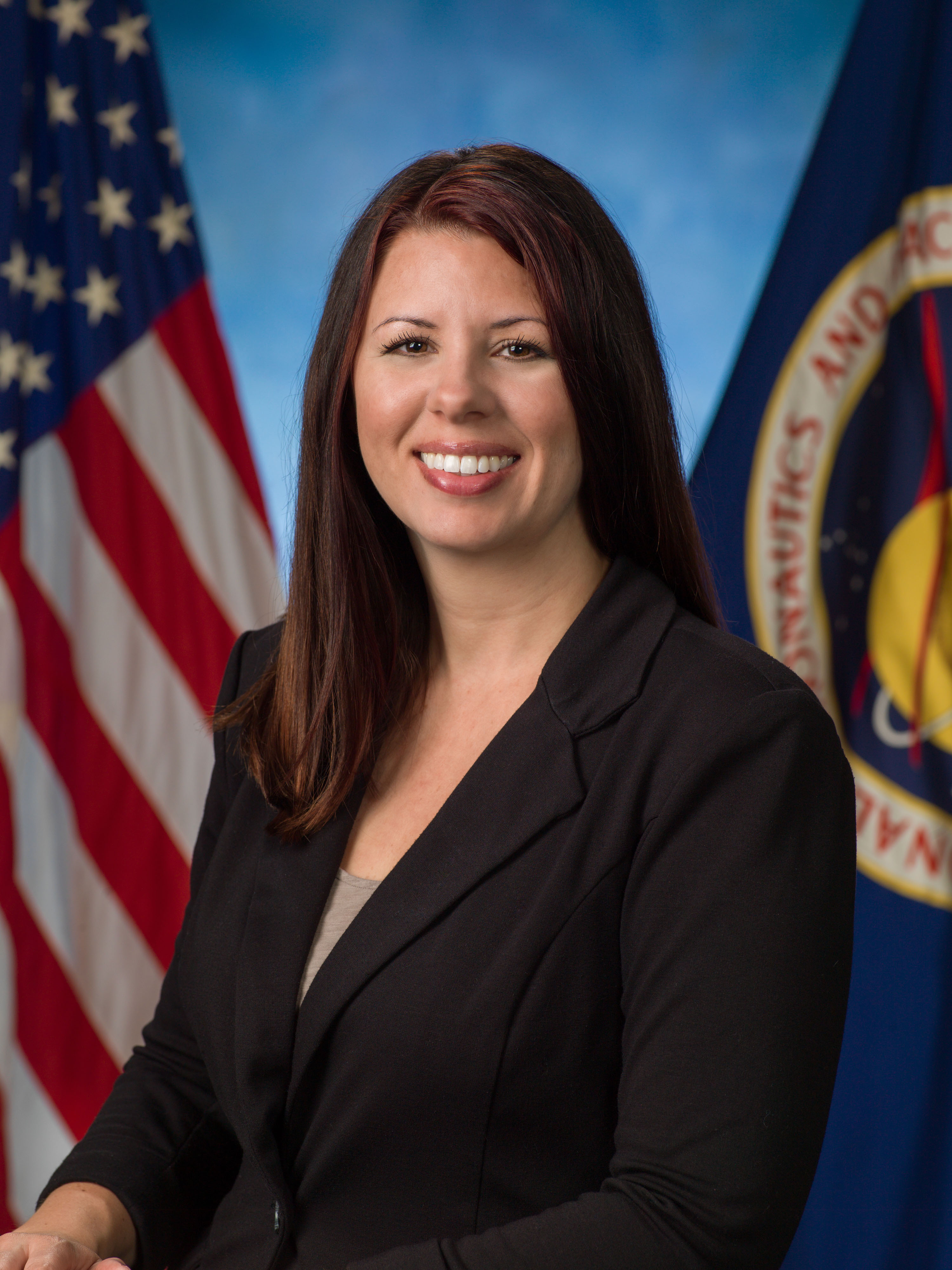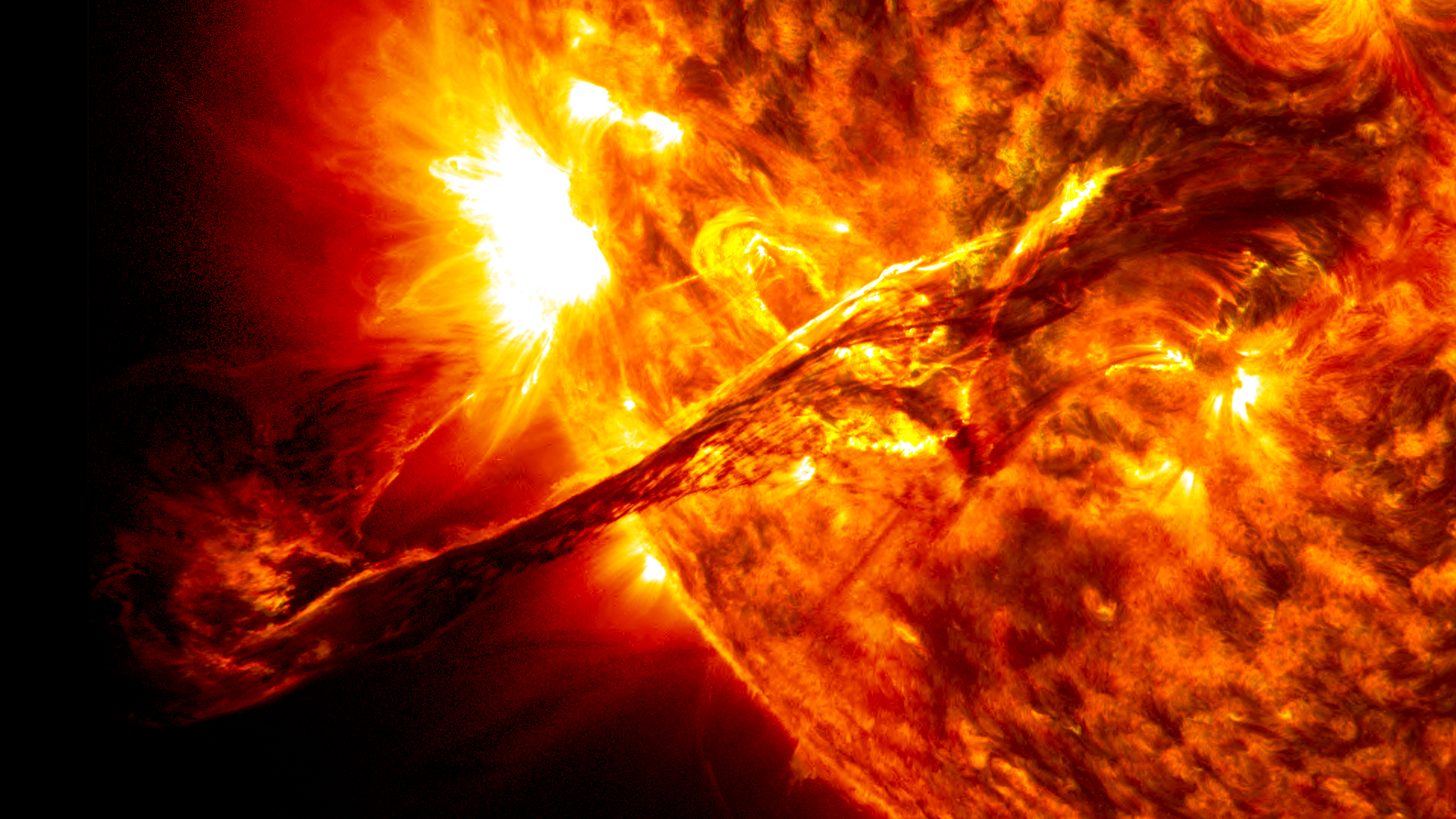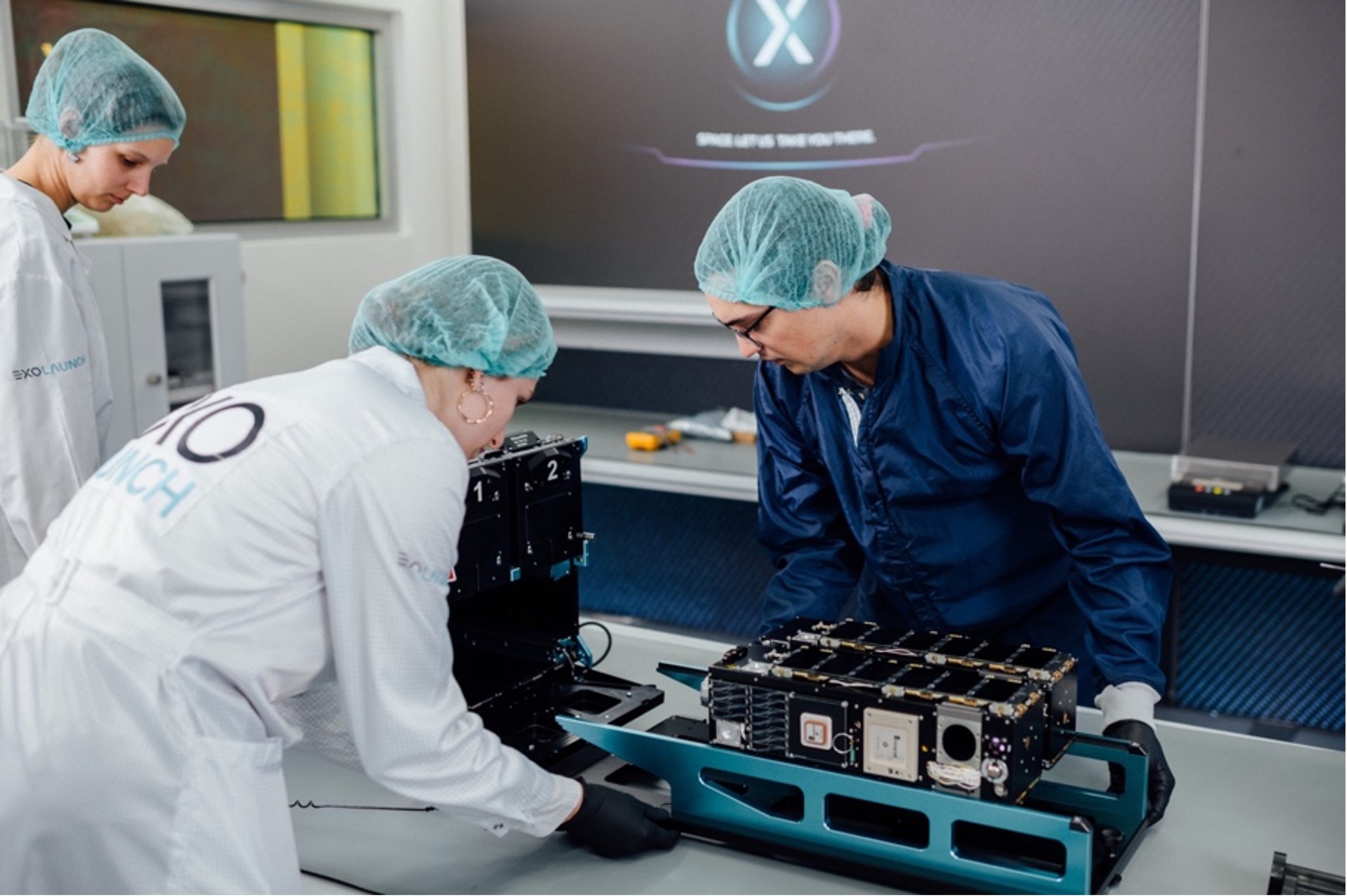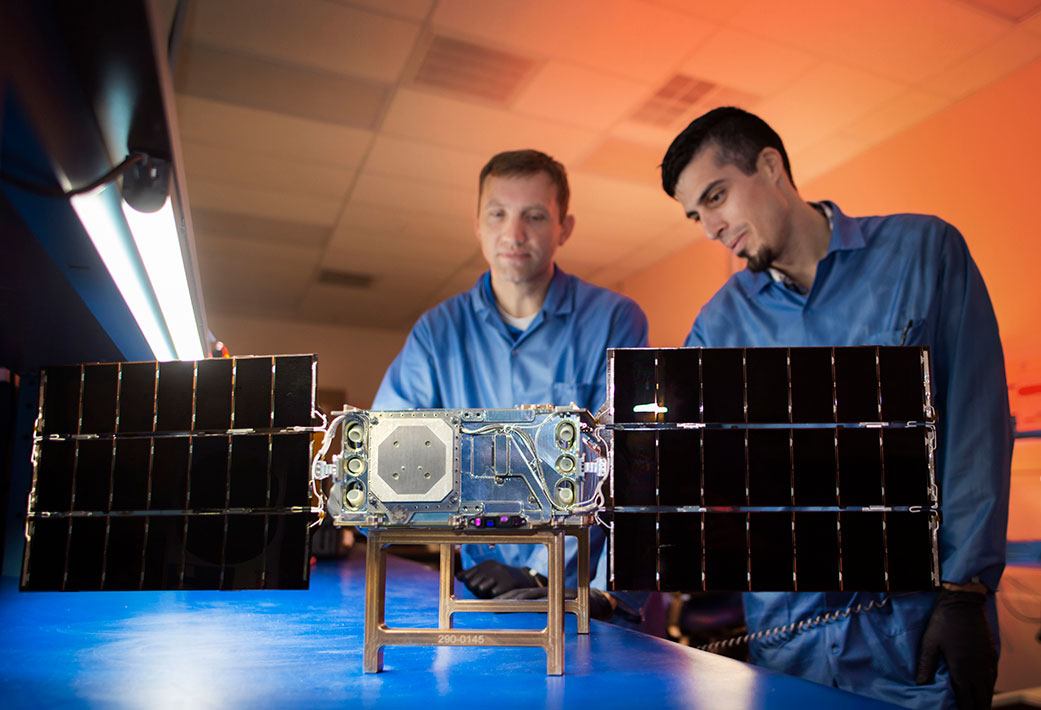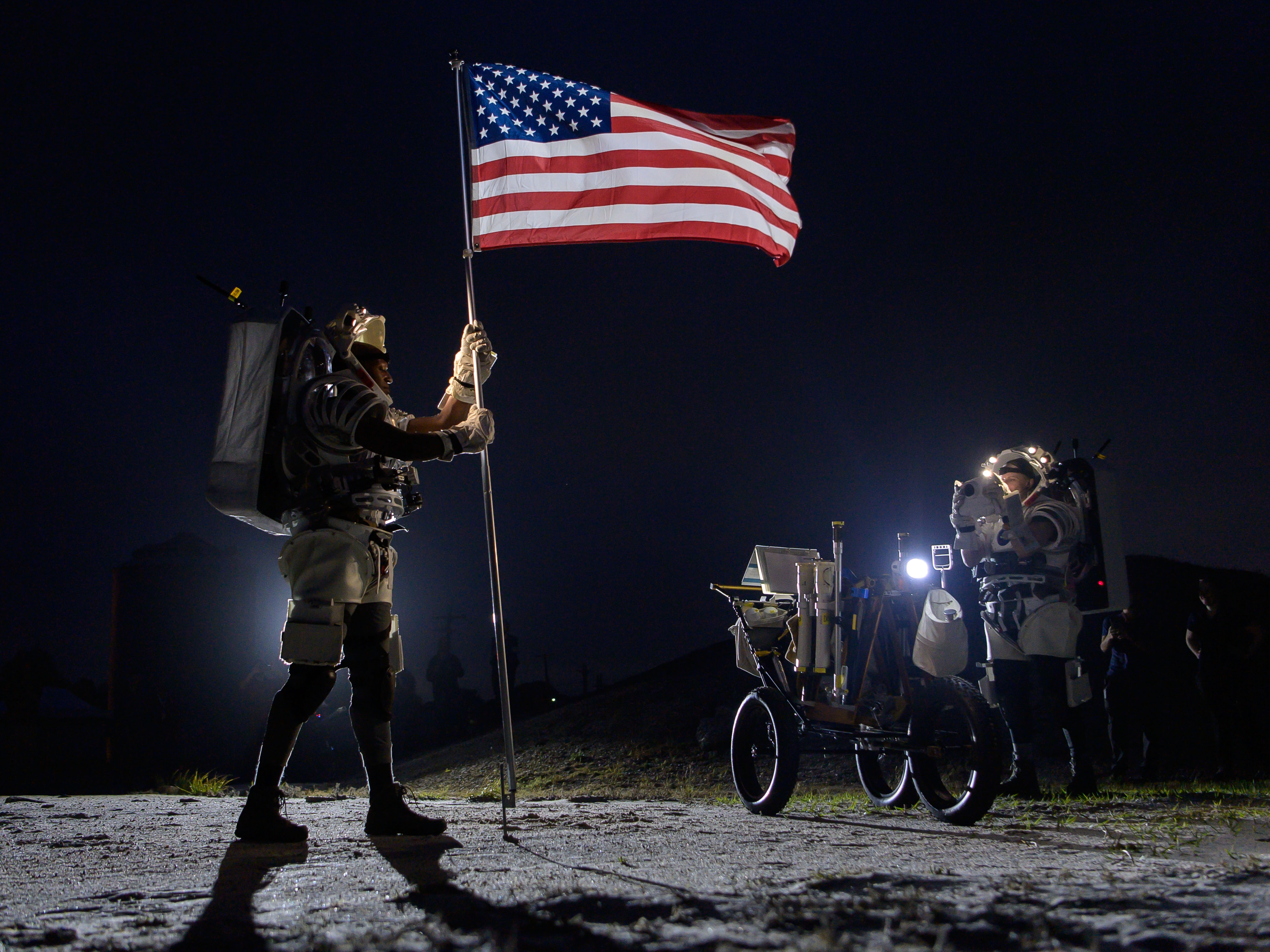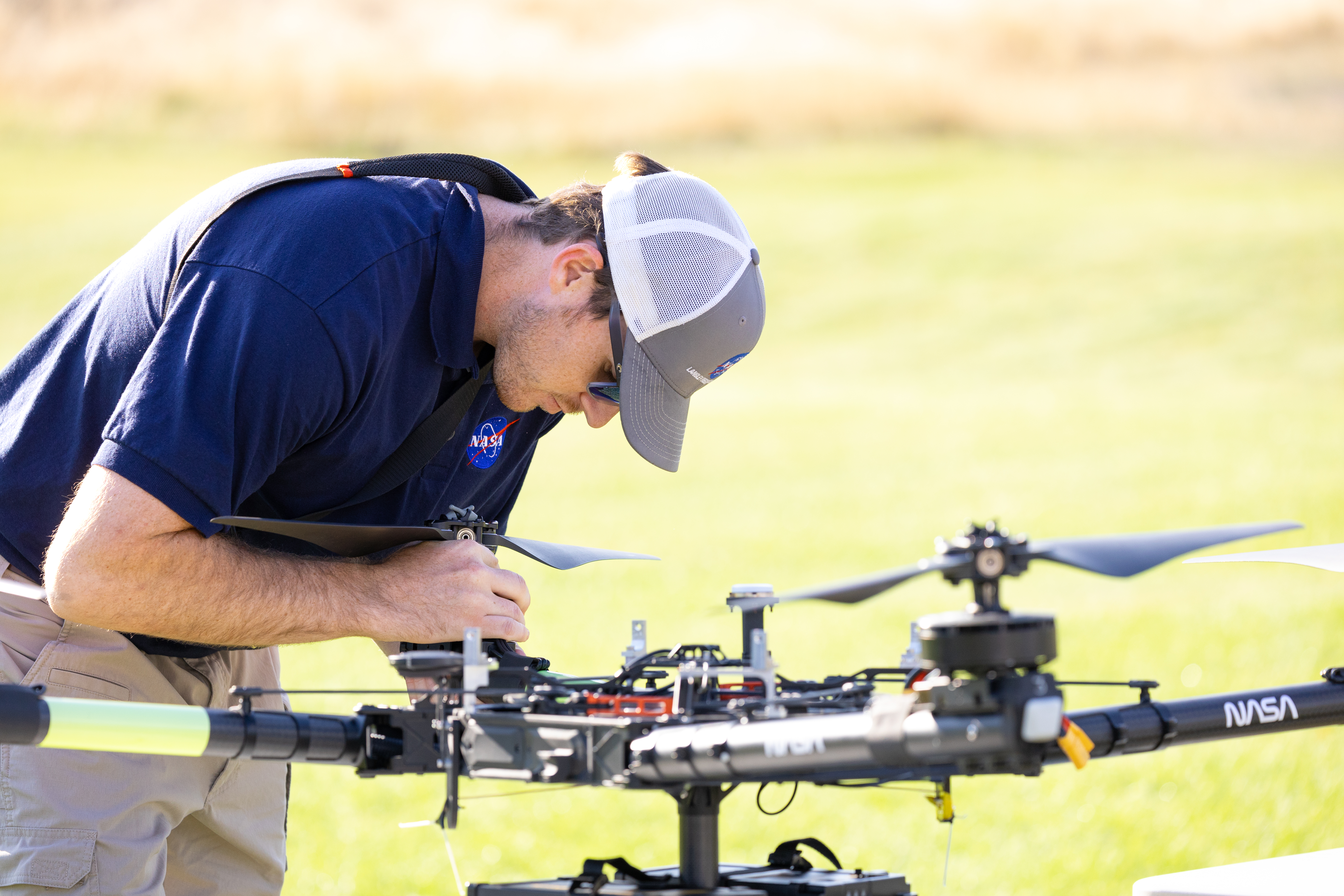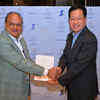NASA Mission to Study Mysteries in the Origin of Solar Radio Waves
NASA’s CubeSat Radio Interferometry Experiment, or CURIE, is scheduled to launch July 9, 2024, to investigate the unresolved origins of radio waves coming from the Sun. Scientists first noticed these radio waves decades ago, and over the years they’ve determined the radio waves come from solar flares and giant eruptions on the Sun called coronal […]
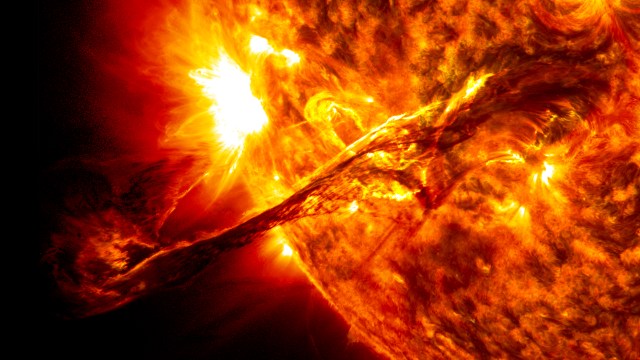
3 min read
NASA Mission to Study Mysteries in the Origin of Solar Radio Waves
NASA’s CubeSat Radio Interferometry Experiment, or CURIE, is scheduled to launch July 9, 2024, to investigate the unresolved origins of radio waves coming from the Sun.
Scientists first noticed these radio waves decades ago, and over the years they’ve determined the radio waves come from solar flares and giant eruptions on the Sun called coronal mass ejections, or CMEs, which are a key driver of space weather that can impact satellite communications and technology at Earth. But no one knows where the radio waves originate within a CME.
The CURIE mission aims to advance our understanding using a technique called low frequency radio interferometry, which has never been used in space before. This technique relies on CURIE’s two independent spacecraft — together no bigger than a shoebox — that will orbit Earth about two miles apart. This separation allows CURIE’s instruments to measure tiny differences in the arrival time of radio waves, which enables them to determine exactly where the radio waves came from.
“This is a very ambitious and very exciting mission,” said Principal Investigator David Sundkvist, a researcher at the University of California, Berkeley. “This is the first time that someone is ever flying a radio interferometer in space in a controlled way, and so it’s a pathfinder for radio astronomy in general.”
The spacecraft, designed by a team from UC Berkeley, will measure radio waves ranging 0.1 to 19 megahertz to pinpoint the radio waves’ solar origin. These wavelengths are blocked by Earth’s upper atmosphere, so this research can only be done from space.
CURIE will launch aboard an ESA (European Space Agency) Ariane 6 rocket in early July from the Guiana Space Center in Kourou, French Guiana. The rocket will take CURIE to 360 miles above Earth’s surface, where it can get a clear view of the Sun’s radio waves.
Once in its circular orbit, the two adjoined CURIE spacecraft will establish communication with ground stations before orienting and separating. When the separated satellites are in formation, their dual eight-foot antennas will deploy and start collecting data.
CURIE is sponsored by NASA’s Heliophysics Flight Opportunities for Research and Technology (H-FORT) Program and is the sole mission manifested on the NASA CubeSat Launch Initiative’s ELaNa (Educational Launch of Nanosatellites) 43 mission. As a pathfinder, CURIE will demonstrate a proof-of-concept for space-based radio interferometry in the CubeSat form factor. CURIE will also pave the way for the upcoming Sun Radio Interferometer Space Experiment, or SunRISE, mission. SunRISE will employ six CubeSats to map the region where the solar radio waves originate in 2-D.
By Mara Johnson-Groh
NASA’s Goddard Space Flight Center, Greenbelt, Md.
Share
Details
Related Terms
What's Your Reaction?















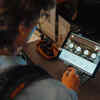



.jpg?#)












